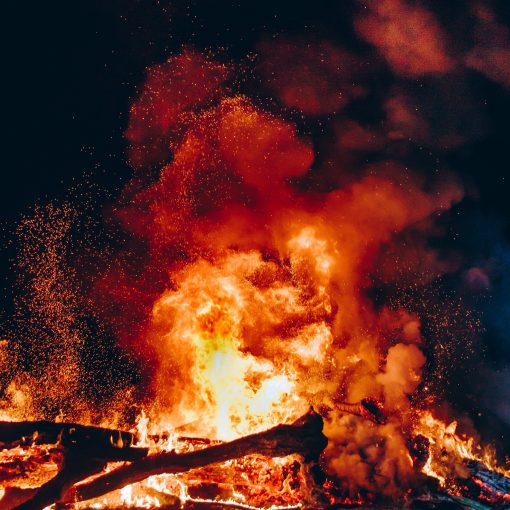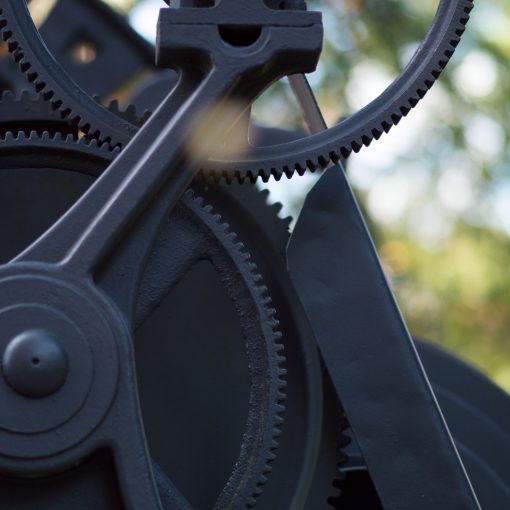Welcome to the third and – at least for now – final part of the Starting a Podcast series. In the first and second posts, I covered mostly behind-the-scenes processes – decisions that you had to make to get some idea of what your podcast was even going to be, how you were going to record it, sand so forth. In this final one, we’ll actually get to producing some content! For the chart I refer to in the bullet points below, see the first post.
Production Phase:
This is where you’ll finish making your behind-the-scenes decisions, record an episode, and get it out there for the world to enjoy.
- Determine Editing Standards [R]: This is more of a decision than you might initially think. Some podcasts go for an ultra-produced, slick presentation where every long pause, “um” or “uh” and every digression or verbal flub is edited away, leaving nothing but a silky-smooth stream of highly-refined content. This certainly has its advantages, but it can also lead to content that sounds inauthentic, and it increases editing time by a substantial degree. Still, some editing is good. You’ll want to take the edges off of certain things like Blarey the Podcast Train or other, less in-jokey background noise, and when you have one of those moments where you completely trip over your own tongue, it’s useful to be able to say it over again and edit in the usable version for clarity, if not for pride.
- Determine Editing Staff [S] and Determine Editing Schedule [T]: This also varies. Some podcasts have one of their hosts edit (like Grant does with ours or Dan does with Fear the Boot) and some use an outside producer (like Gamers With Jobs and The Command Zone). In any case, you’ll want to determine who is doing the editing, and how much time they’ll have to do it before the episode drops. It bears mentioning that audio editing is a non-trivial task. To be even more explicit, it will take you between four and eight times as long to edit something as it did to record it. This is why Saving the Game is on a two-week release schedule, by the way. I suspect it’s also a major source of “podfade.” Getting together and recording a conversation is easy. Doing post-production work is substantially less so and is also a lot less fun. However, it’s manageable – that there are plenty of podcasts that have been around for years should be all the indication you need that editing is manageable, it’s just something you have to account for properly.
- Set up Recording Environment [U]: As I alluded to earlier, this doesn’t need to be anything fancy. You just want a place that’s as quiet and free of interruptions as you can make it and you want to be able to sit comfortably and still talk into your microphone properly at the same time. In addition:
- You really want to wear headphones if you’re podcasting with somebody who isn’t in the same room, and you want to make sure they don’t “leak” much sound. The “echo” effect is nigh unto impossible to get rid of in editing and is really distracting to listen to.
- Consider plugging your headphones into your mic if you can. Apparently this helps get rid of certain verbal tics and makes for a more comfortable recording experience. You probably won’t even notice the difference, but it will help your audio quality.
- Some kind of articulating mic stand will come in handier than you think.
- Buy windscreens and pop filters for your mics and use them. They don’t cost much, but they help a lot.
- Set up Home Page [V]: Get your web presence set up and ready to go. Specific technical advice for this is beyond the scope of this blog post, but if your web hosting provider is worth their salt, they should have some good documentation for you to use.
- Determine Release Schedule [W]: Figure out how often you’re going to release your podcast. As a guide, record an “episode zero” (you are going to be horribly nervous and awkward, and that’s completely fine) and edit it. Then Extrapolate from there how long it’ll take you to record and release a typical episode and then take a very clear-eyed look at the rest of your life. From there you should be able to get some idea of how often you can release.
- Record Episode [X]: This is it! Your first episode! Pick an interesting topic and get to it!
- Edit Episode [Y]: Specific editing advice is beyond the scope of this blog post (though I’m hoping to talk Grant into writing a post or two about editing at some point) but the podcasting community is generally pretty friendly. IF you really get stuck, send a polite email to a veteran podcaster and they can probably get you un-stuck.
- Release Episode [Z] and Post to Social Media [AA]: Put that edited episode out there for people to enjoy, and don’t forget to promote it on social media!
And that’s it for part 3: Production. I hope this series has been useful to you. As usual, feel free to ping us with questions or comments.


